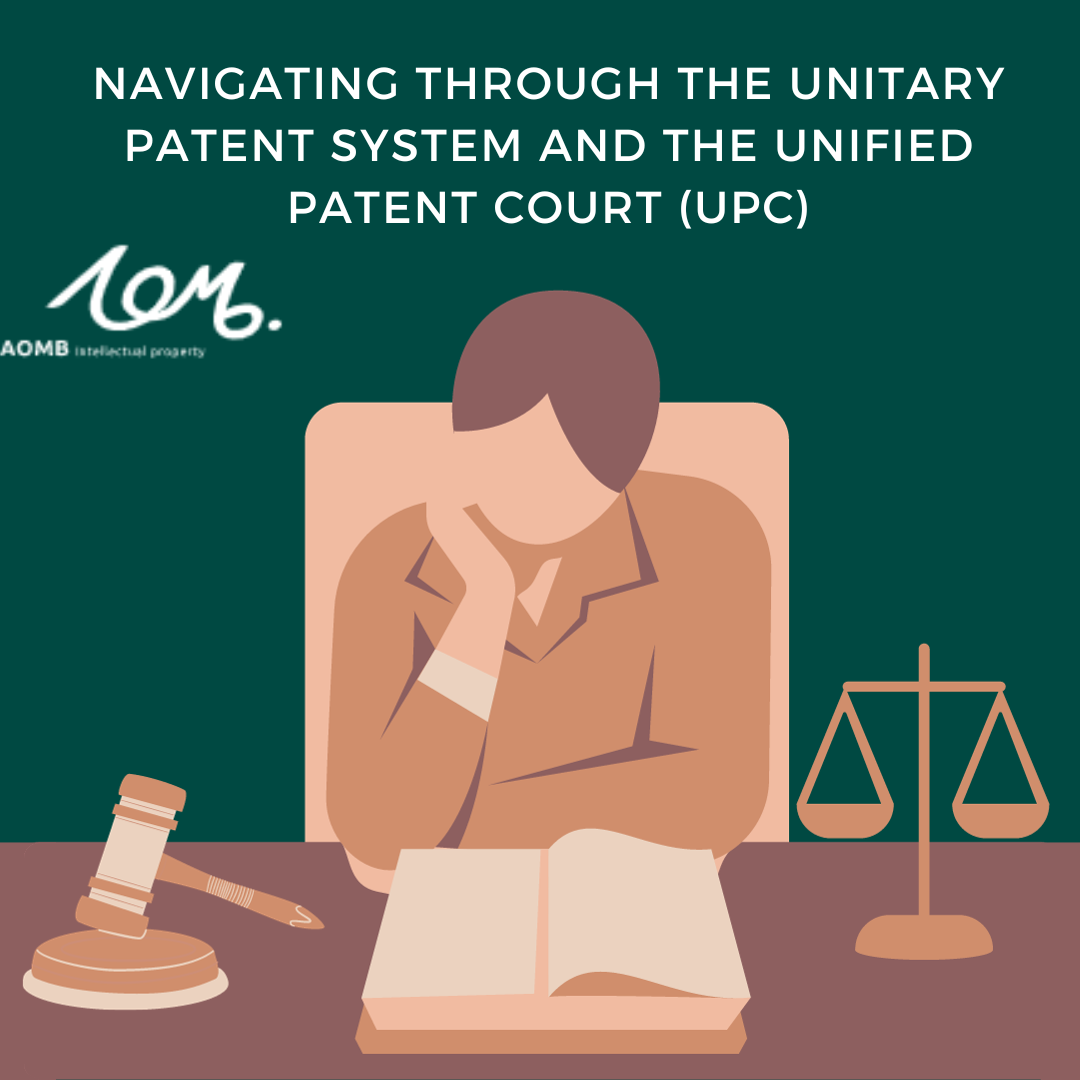Navigating through the Unitary Patent System and the Unified Patent Court (UPC)

On 1 June 2023, the Unified Patent Court Agreement entered into force, and with it the EU Regulations establishing the Unitary Patent System. On the same day, the Unified Patent Court (UPC) also started its operations. Although Poland, like Croatia or Spain, has not joined the UPC Agreement, these developments and the activities of the UPC will certainly have a significant impact on the activities of Polish entities, especially entrepreneurs.
National patent, European patent (EP) or European patent with unitary effect (EPUE)
Protection can be sought before the European Patent Office according to two procedures. The path so far has been to perform validations (translations) in selected countries after being informed of the granting of the European patent. The protection thus obtained is valid in countries chosen by the right holder from among the 39 countries of the European Patent Organisation. In addition, there is a group of countries, which under separate agreements recognise European patents on their territory. By fulfilling the relevant conditions, the right holder of the European patent can make its patent also valid in countries of its choice from this group. Validation in countries of the right holder’s choice still remains an option available to right holders. However, as of 1 June 2023, the second possible path to seek protection, in the 17 countries that have agreed to this, is the European patent with unitary effect, where protection covers 17 countries simultaneously. Such protection, called unitary protection, is an alternative possible instead of validation in these 17 countries.
Protection in Poland
Double protection for the same invention is not yet regulated in Poland. Such a situation may arise if national protection is obtained and at the same time in the EPO and validation is carried out in Poland. Such a scenario is possible with an existing European patent and with the European patent with unitary effect. The applicant may choose protection through a unitary patent and at the same time conduct validations in other countries of interest. This is not allowed in most countries of the European Patent Organisation. A previous positive decision to grant patent protection precludes the grant of a second one. This is the case in Germany, among others, where the validation of the European patent excludes protection derived from a national patent. At the same time, in Italy – this year and probably in connection with the entry into force of the unitary patent system, of which Italy is a member – the previous rules on the invalidity of a national patent vis-à-vis the European patent for the same invention have been amended and it is now permissible there to obtain dual protection – i.e. protection from the European patent (with unitary or national effect) and from the Italian national patent. Such a change is likely to ensure that key inventions are protected at national and European level. Among the 17 Member States where dual patent protection is not allowed, the revocation of the EPUE or other action will take place before a single authority – the UPC. In countries where the issue of dual protection is not regulated or such protection is allowed, court cases based on the EPUE will be decided before the UPC, while those based on a national patent will be decided before a national authority.
Structure of the UPC – many divisions, many countries
Structurally, the UPC comprises the Court of First Instance (CFI), the Court of Appeal and the Registry. The Court of Appeal and the Registry are located in Luxembourg. The Court of First Instance, on the other hand, is decentralised and consists of a central division and local and regional divisions. CFI’s central division is based in Paris and has sections in Milan and Munich.
Ultimately, the UPC will be the sole court of competence for both EP European patents and European patents with unitary effect.There will be a transitional period for the first 7 years of the operation of the UPC. During this period, actions may still be brought before national courts or other competent national bodies for infringement or invalidity of the European patent or actions for infringement or invalidity of a supplementary protection certificate issued for a product protected by the European patent.
Want to learn more about the Unitary Patent?
We encourage you to read the entire article.
Authors: Jakub Sielewiesiuk, Magdalena Przytocka and Wojciech Wizner and Marek Oleksyn from the SK&S law firm.

